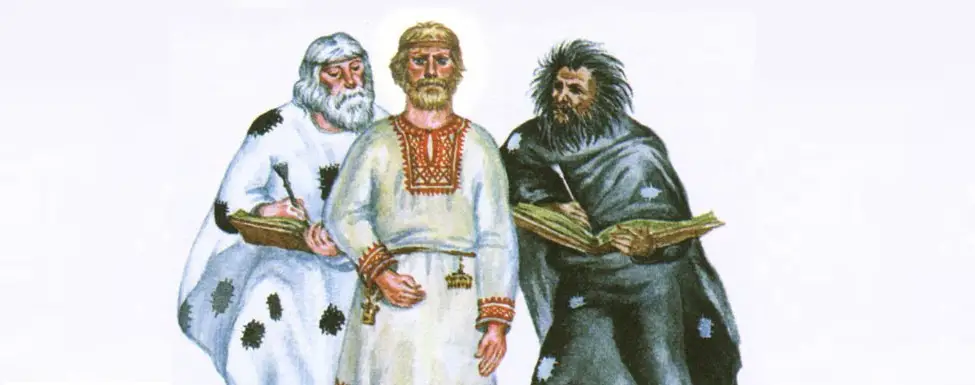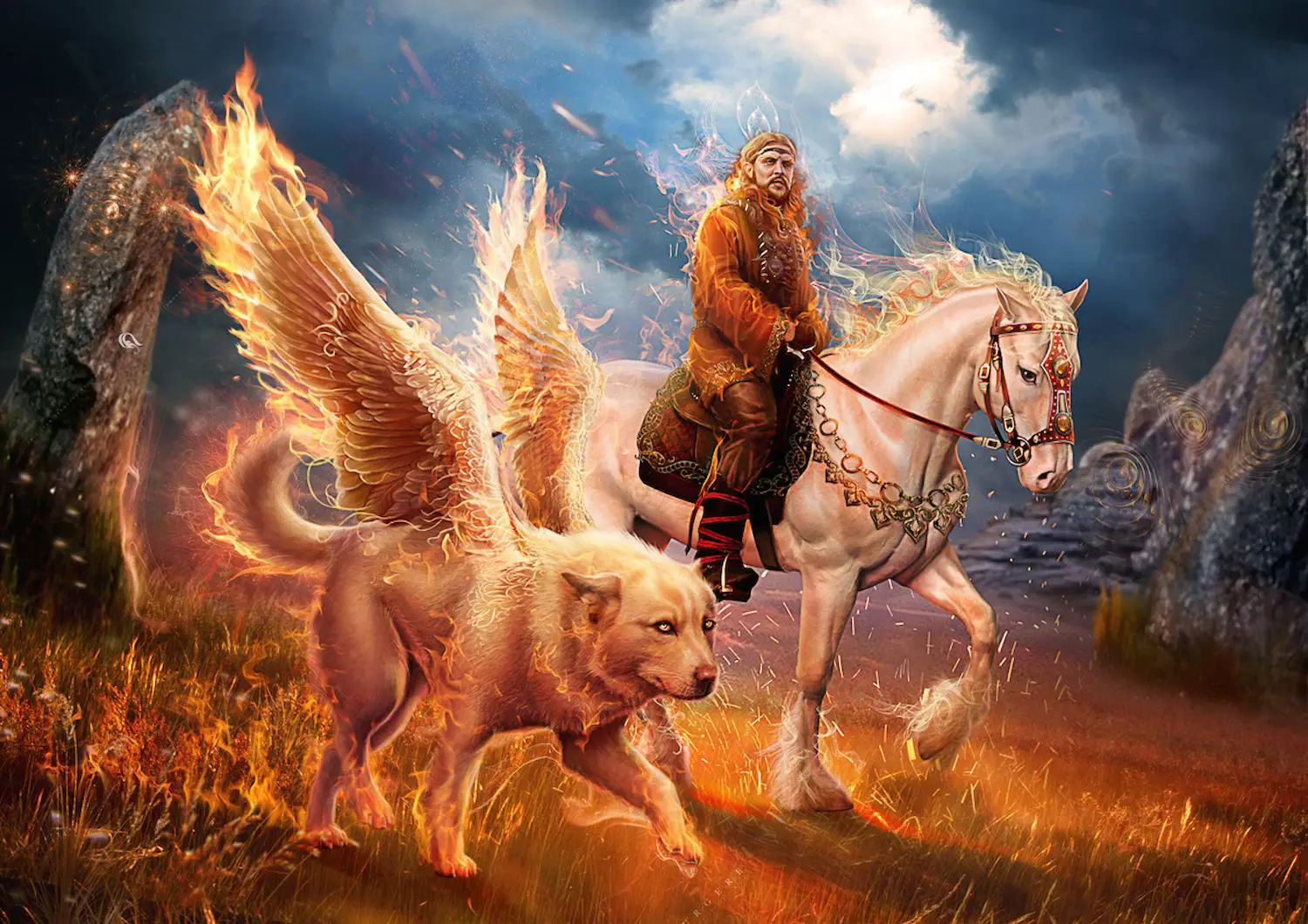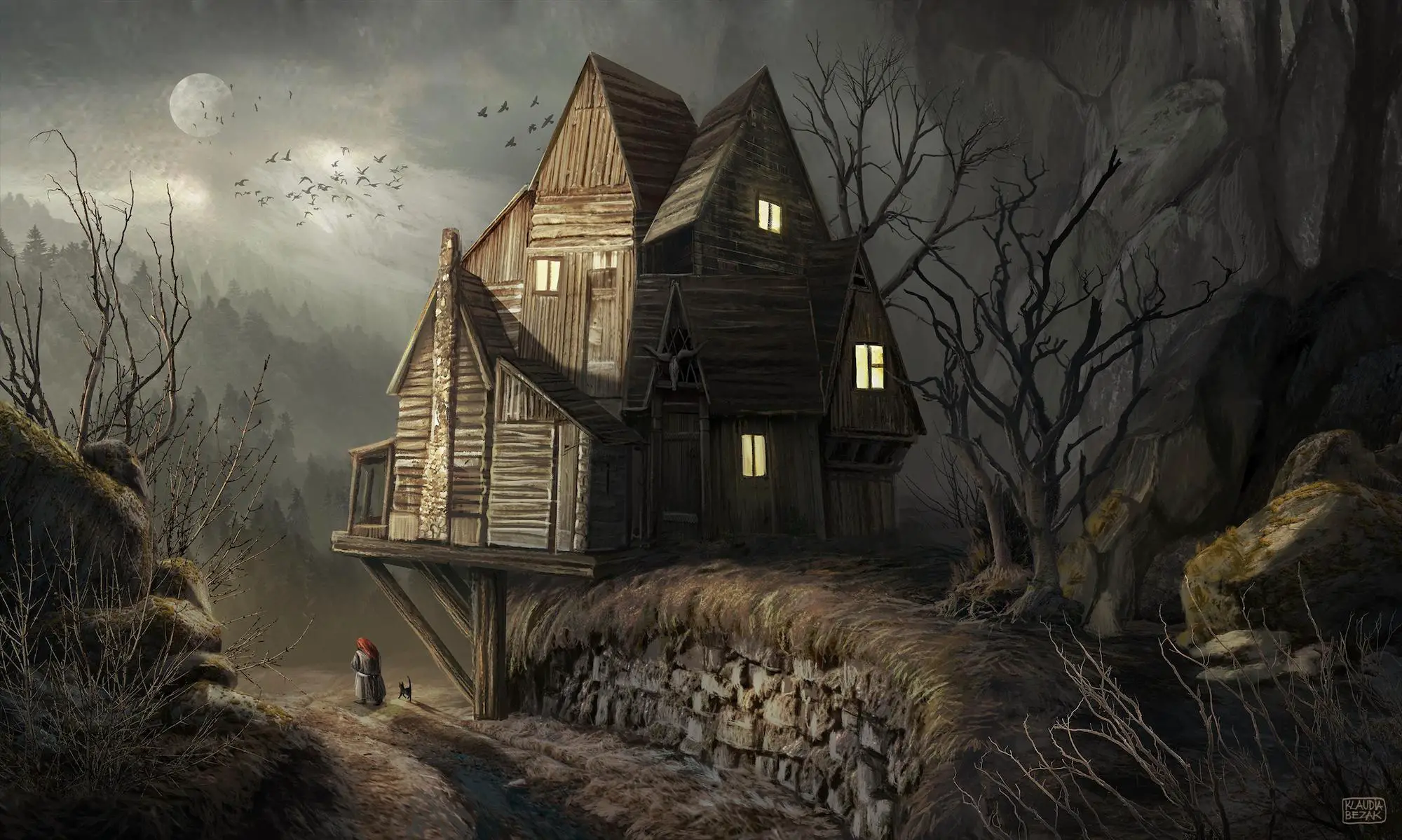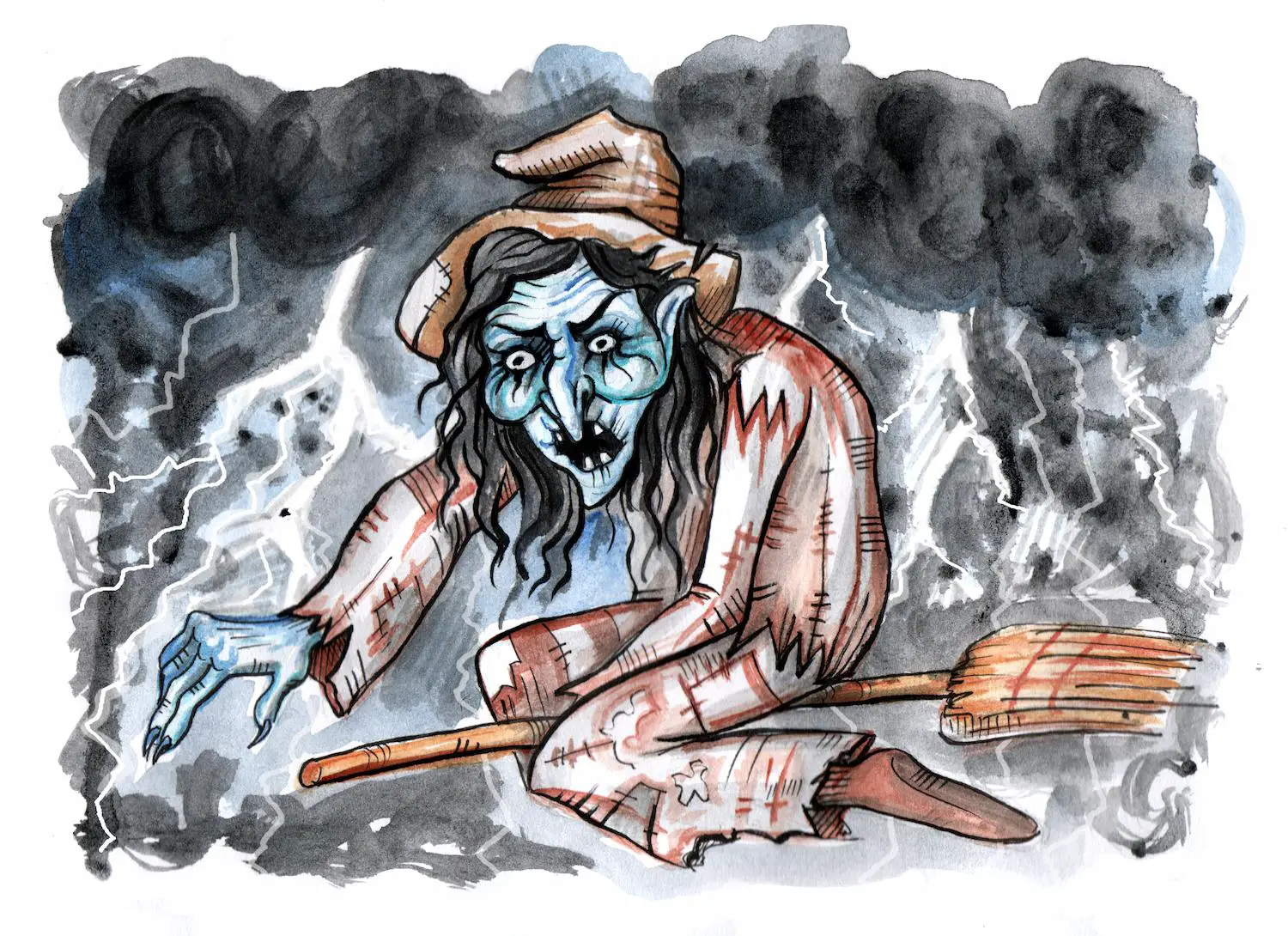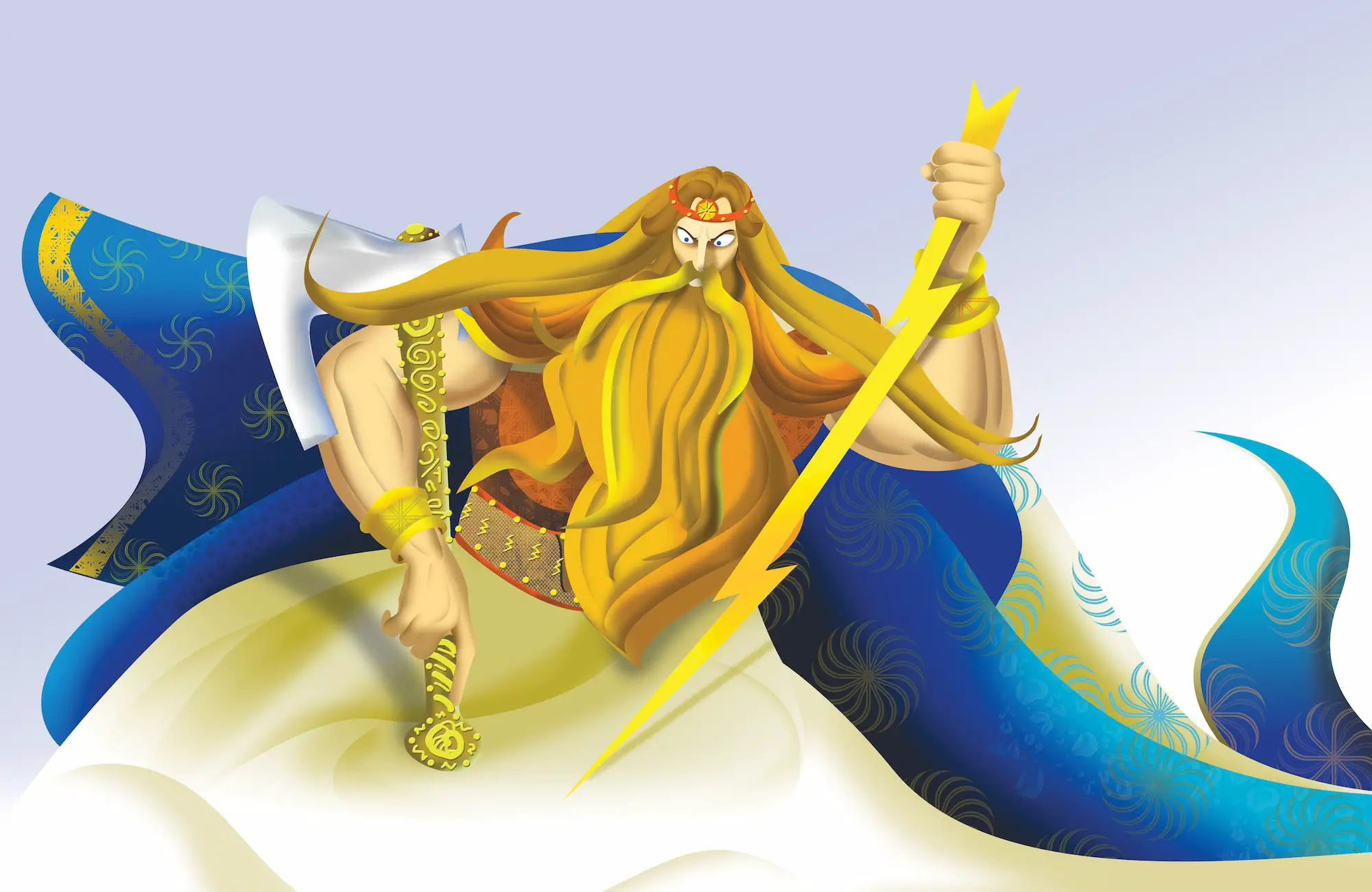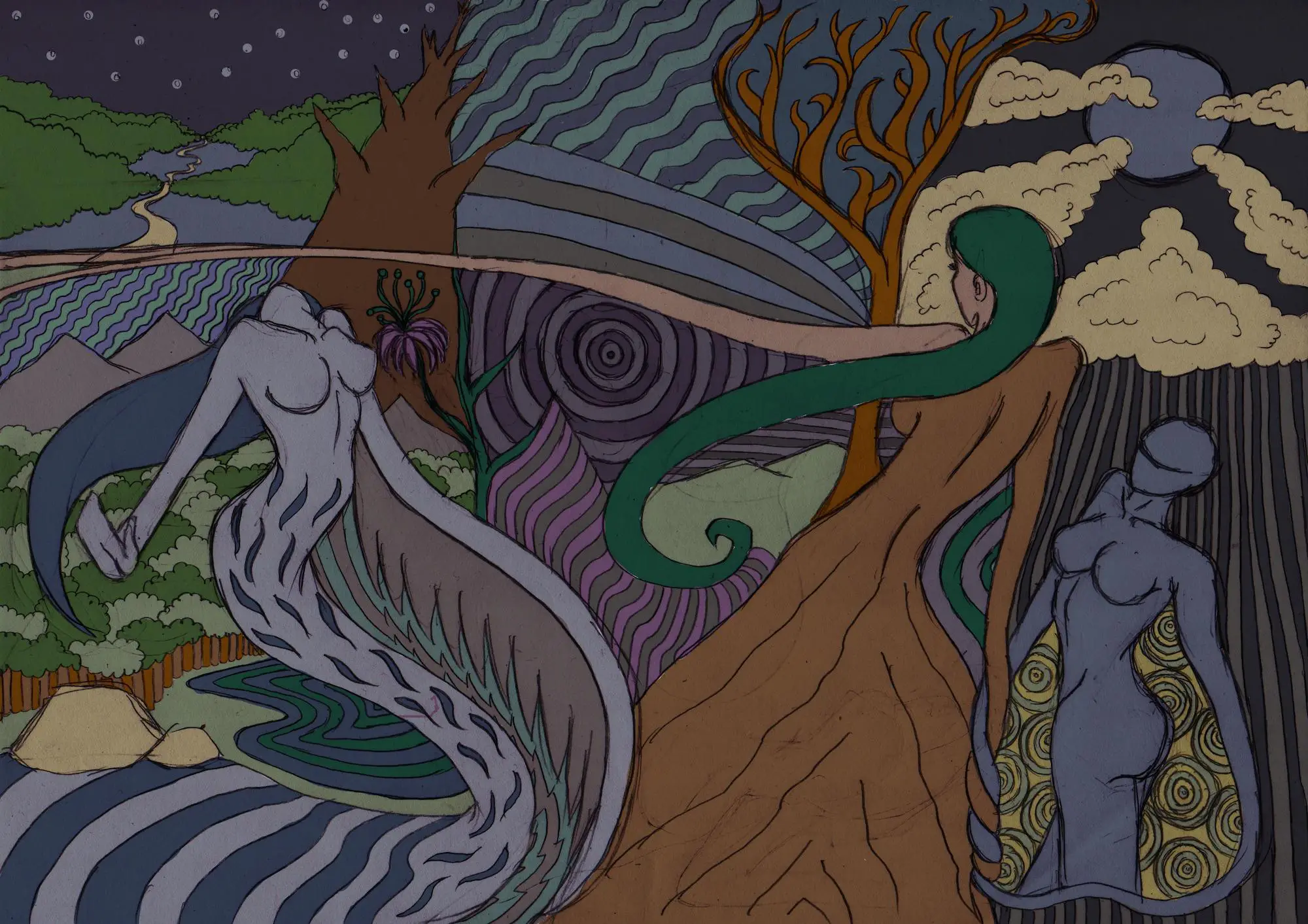The three-headed god in Slavic mythology known as Triglav is portrayed as a representation of the three supreme Slavic gods. These gods were present in several Slavic tribes across Slovenia and Bosnia and Herzegovina.
The mountain Triglav is the highest mountain in Slovenia whereas Mount Troglav is the highest peak of the mountain Dinara (located in Bosnia and Herzegovina).
These geographical points have long been associated with this Slavic god.
If you want to know more about the religion and faith of the Slavic people, be sure to check out this article Rodnovery: Slavic Native Faith.
Table of Contents
Triglav as a Fusion of Gods
The god Triglav represented three supreme gods and that is why he was portrayed as a being with three heads.
In the early versions of this myth, these faces belonged to the gods Perun, Svarog or Dazhbog. The later versions included the gods Svetovid or Veles.
In the 9th century Novogorod, the Big Triglav represented Perun, Svarog, and Svetovid.
The Visual Portrayal of Triglav
The visual representation of the three-headed god depicted Triglav as a man that sometimes had golden blindfolds over his eyes or as a man with three goat heads.
The Three Heads of Triglav
According to the historical records of the writings of Ebbo (an important figure in the spread of Christianity in the north of Europe and the archbishop of Rheims), the heads of Triglav represented the sky, the earth, and the underworld.
Ancient people believed that Triglav had three heads because he ruled the three kingdoms of Earth. Those kingdoms were the present life, the sky as the future, and the underworld as the kingdom of the dead or the past.
The reason why Triglav wore golden bindings over his eyes and lips was that he could not see the sins of the people and that he couldn’t speak about them.
The Triad of Triglav According to the Czechs
On the territory of today’s Czech Republic, Triglav was represented as a three-headed goat figure. At that time, the goat was the symbol of strength and tenacity.
Polycephaly-a term that describes beings with more than one head.
The Etymology of Triglav
According to etymology, it can be seen that Triglav represents only an epithet of a supreme God.
His name is literally translated as “the three-headed”. Other etymological interpretations attribute Greek origins to the name [1].
The Greek Origins of the Name of Triglav
There is an additional explanation of the etymology of Triglav related to the ancient Greeks and the Romans.
Greeks named Hecate Tricephalos Goddess as “the three-headed goddess”. Because of that, there is an assumption that Slavs were inspired by the Greeks when choosing a name for their deity.
A similar example to this one would be the late Roman authors who used names from the Roman pantheon to name German deities.
Short Historical Review
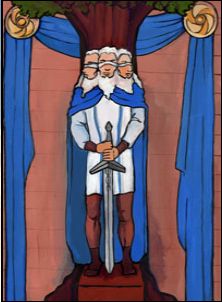
The oldest found records of the cult and myth of Triglav were in the biography called “Vita Prieflignesis” from the Prieflingen monastery in Poland. In these records, there is a mention of the destruction of the Triglav idol from Szczecin in 1127 A.D.
The deity’s appearance was described as having three heads that represented the divine triad. Each head was covered with a triple tiara (a crown) from which hung down a veil “all the way to God’s mouth”.
The report of Ebbo, on the other hand, describes three mountains- the higher one was placed in the middle and it was dedicated to the supreme pagan god called Trigelywus.
This Slavic superior deity was described as a statue with three goat heads that had eyes and lips covered with gold.
According to these findings, the idol-heads existed because the greatest of the Slavic gods ruled over the three emperors that governed the Earth, the Sky, and the Inferno.
Temples Dedicated to Triglav

There were several temples dedicated to the three-faced god which existed on the territory of today’s Szczecin.
The ancient notes of the theologian and Protestant reformist Johannes Bugenhagen show that an image of Triglav was buried in the village to protect it from the Christian priests (in the 1120s).
During the period of Christianization, the statues and temples of Triglav were completely destroyed.
Triglav and the Bishop Otto of Bamberg
The Bishop Otto of Bamberg was a missionary who converted a great deal of the territory of medieval Pomerania, (including Szczecin), to Christianity [2].
The biographical records of Otto tell the story of four temples of the god Triglav in Szczecin, which he named “continae”.
The temples contained silver faces that represented Triglav and reportedly, he associated the practice of polycephaly of the Baltic Slavs with the tradition of the Celtic deities, suggesting that there was a certain influence of the Celtic religious cult.
The interior of four temples was adorned and decorated with exquisitely appealing statues that depicted people, birds and quadrupeds. The statues were painted with natural colors.
The Destruction of Triglav in Szczecin
The Slavic idol of Triglav was destroyed by Bishop Otto and his fellow priests.
The Bishop then appropriated the statue and took it to the city of Rome where he presented it as his personal trophy.
The conversion of the pagans to Christianity he interpreted as his personal victory.
A Christian church was built on the place where the temple dedicated to Triglav stood.
The same scenario was repeated on the territory of Wolin, where the Bishop destroyed two Slavic temples and built two churches on top of their ruins.
In order to win the sympathy and support of the Slavs, Otto ordered that the two churches should be named with the names of Slavic saints.
The first one was Adalbert of Prague who was a Czech Roman Catholic saint, a Bishop of Prague and a missionary who was martyred in his efforts to convert the Baltic Prussians. He evangelized the Poles and Hungarians.
The second one was St Wenceslaus I, also known as St Vojtech, who later became the patron saint of Bohemia, Poland, Hungary, and Prussia.
The Bottom Line
We’ve talked about the god Triglav and his influence over the culture and history of the Slavic people.
If you are interested in learning more about the Slavs, be sure to check out the following article Slavic Warriors: History and Characteristics.
References
- https://www.encyclopedia.com/environment/encyclopedias-almanacs-transcripts-and-maps/triglav#:
- https://www.newadvent.org/cathen/11353a.htm







